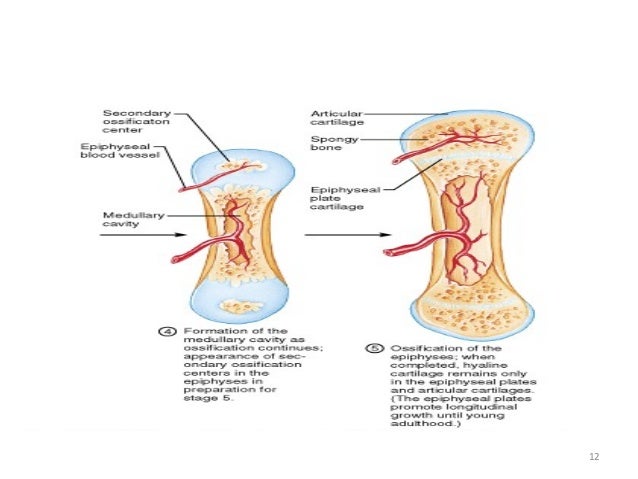

56 Some providers mistakenly assume that anticoagulation needs to be prescribed when these findings are reported as “chronic DVT.” In the absence of recurrent thrombosis, there is generally no need for anticoagulation. Abnormal findings may be seen with ultrasound months or years after DVT. Fibrotic tissue, not thrombus, may be the principal content of residual intraluminal material. Chronic venous thrombosis has been used to describe the appearance of late intraluminal obstruction after acute DVT, but the term may be inaccurate and confusing. Venous thrombosis is appropriately described as “acute” when it first occurs. 53,54 Thrombus extent in deep veins generally regresses over time after acute DVT, but the rate and extent of thrombus resolution is variable. Subsequently, there may be thrombolysis and vein recanalization, or inflammatory changes in the thrombus and vessel wall may lead to fibrosis ( Figs. Fibrin cross-links are formed, and thrombus becomes more organized and adherent to the vessel wall. As time passes, soft acute thrombus becomes firmer and more echogenic. In some cases, there may be a cephalad tail of free-floating thrombus that may be visualized moving in the lumen. The vein may be occluded or there may be some residual flow around the thrombus, which may not be firmly attached to the vessel wall.

Acute thrombus may have some deformability that can be demonstrated with probe compression. The sonographic appearance of fresh thrombus is relatively hypoechoic. Typical features of acute DVT and its late sequelae are summarized in Table 23.3. The vascular laboratory needs to have diagnostic criteria for the interpretation and evaluation of thrombus and its age. Thus diagnostic assessments need to consider whether identified abnormalities reflect acute or chronic disease. Thrombus age may also affect the clinical manifestations of DVT. The age and characteristics of venous thrombus also affect the potential for success with thrombolysis or thrombus extraction procedures. As the thrombus ages, it becomes less friable, increasingly fibrotic, and more firmly attached to the vein wall. Acute thrombus in the deep veins is associated with the highest risk of thromboembolism. The manifestations and clinical significance of venous thrombus change over time. Sidawy MD, MPH, in Rutherford's Vascular Surgery and Endovascular Therapy, 2019 Determination of Thrombus Age


 0 kommentar(er)
0 kommentar(er)
